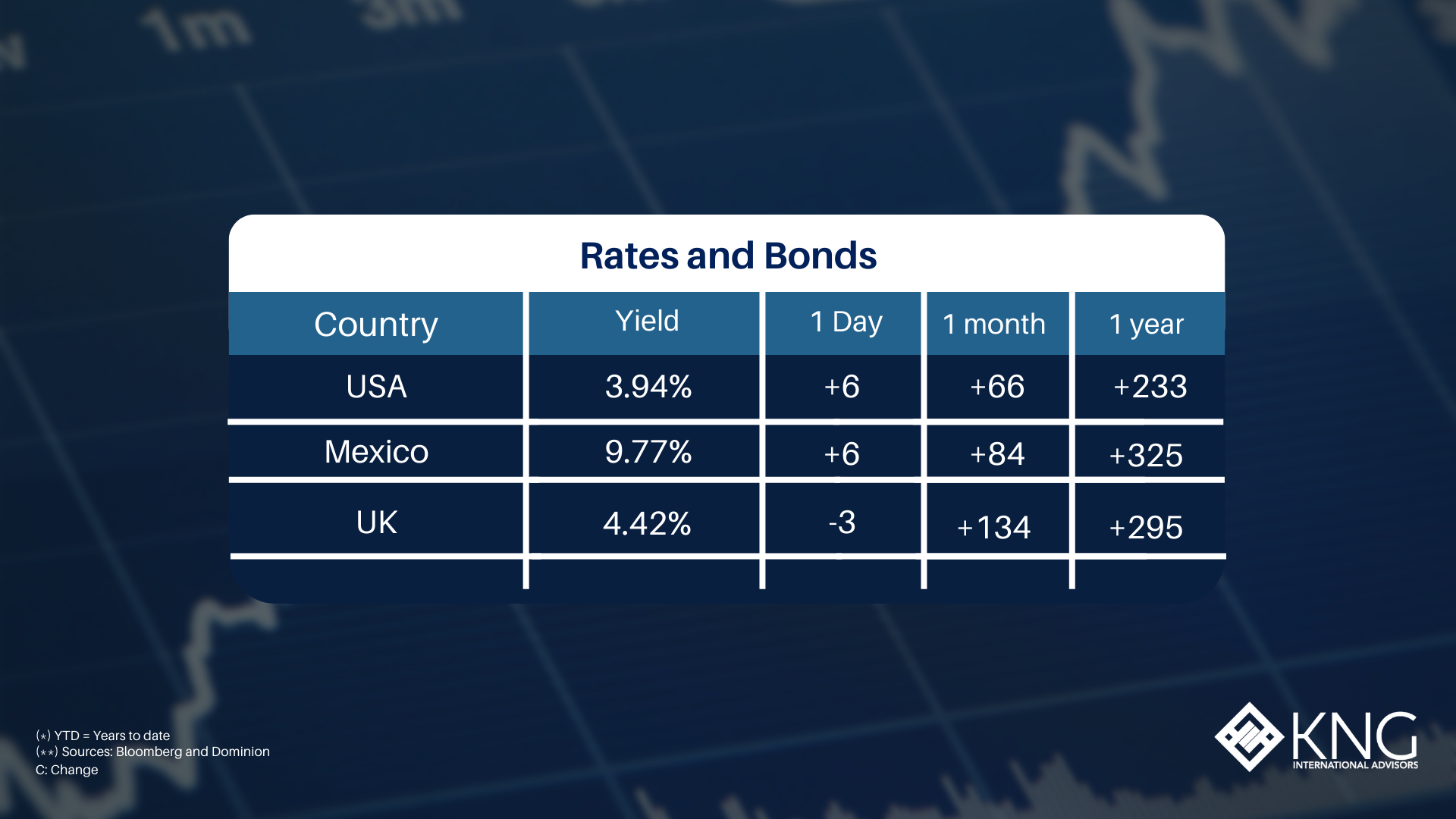Tuesday 11th of October 2022
Listen to this financial market update by playing this audio...




We continue with Dominion Capital Strategies series on current financial markets...
During the 1992 US presidential election campaign, James Carville, then a strategist for the Bill Clinton campaign, coined the phrase “it’s the economy, stupid.” George H. Bush was the incumbent president at the time, and the US was in an economic recession. As such, the Clinton campaign focussed its messaging on the principle of: whatever else people may like about George H. Bush’s first term as president, all that really matters is the state of the economy.
In the third part of our series on likely catalysts for the next bull market cycle, “it’s the economy, stupid!”. This phrase is helpful, as it was for Bill Clinton during his 1992 campaign, as a reminder that the state of the economy is by far the most important factor for us to be thinking about. Weaker economies tend to precipitate weaker financial markets, and vice versa. Thus, understanding the trajectory of the global economy in the remainder of 2022 and into next year, is vital for understanding the path of financial markets for investors.
The conundrum facing markets at this stage, however, is that while normally a stronger economy (all else equal) would be good for markets, at the moment the opposite is true. A stronger economy now in the short-term would be bad news. Why?
The difference today is excessive inflation.
It’s easy to forget we had rates of inflation in the developed world of less than 2% in 2019-2020, which had persisted more or less for 30 years. Today’s US headline rates north of 8% are the highest in four decades and, as such, central banks are focussed on bringing down inflation. Their fear (which is justified) is that allowing inflation to run hot for too long can embed higher inflation expectations into the economy. In other words, the population come to expect higher inflation and adjust their wage expectations and spending patterns accordingly, which further increases inflationary pressures on the economy. Such ‘inflationary spirals’ can last many years (1970s-1980s) and cause severe economic distress.
Central banks, therefore, want the economy to slow down to bring inflationary pressures under control, and they are doing this via higher interest rates. This leaves us with the aforementioned conundrum.
Good news for the economy, strong jobs data from the US for example, or higher than forecast consumer spending… this implies to markets that inflationary pressures will remain elevated and so interest rates will have to rise even further to slow the economy.
Right now, stronger than forecast economic data, without a corresponding decline in inflation, is bad news for markets, as it implies continued hawkish central bank policy and higher rates.
This makes the final of our bull market catalysts the most complex one to discuss, as it requires a period of bad news before the good news. In effect, we need the economy to slow down, first, to bring inflation under control, and it is only once inflation is back in its box, that we can interpret strong economic data as good news for risk assets.
The positive news on this front is that, as we discussed last week, there is early evidence that input prices for the economy have fallen in many cases from highs seen earlier in 2022, and as such, we should expect inflationary pressures to ease in coming months. With interest rates now much higher than they have been in well over a decade, this should (in theory at least) act as a break on the economy and bring the desired short-term slowing in economic activity needed to control inflation.
This brings us to our conclusion on bull market catalysts.
We have, you will remember, discussed three important catalysts we think would drive a new bull market cycle in stocks: (i) a pivot or pause in central bank policy, (ii) a decline in inflation, or (iii) a change in the economic situation.
It’s important to note here, that all three of these potential catalysts are linked. Inflation has a major effect on the economy and on central bank policy. Central bank policy also impacts the economy and levels of inflation. But most importantly, it’s the economy and its performance that drives everything here. Excessive economic activity relative to the supply of goods and services is what is currently driving inflation, and the continued strength in the economy through a bout of inflation is driving economic policy. It is, therefore, the economy where we must look first for evidence of a change in direction for markets.
Given the inflationary situation, this means looking for an economic slowdownfirst, before a recovery. It is the slowdown that will precipitate a pivot in central bank policy, and a reduction in inflation.
We will, therefore, over the coming weeks and months, return to the nuances of the latest economic data in an attempt to find, and report to you, evidence that our bull market catalysts are coming into play. This will, we think, when it happens, mark a critical moment for investors to consider maximising allocations to equities.
In the meantime, investors should, we think, continue to opportunistically add investments to specific strategies where valuation and quality are the primary criteria, while continuing to maintain ‘dry powder’ to further ramp equity exposure over the coming months before the next bull market cycle begins.
Dominion Capital Strategies
Sources: Bloomberg, Yahoo Finance, Marketwatch, MSCI. Copyright © 2021 Dominion Capital Strategies, all rights reserved.